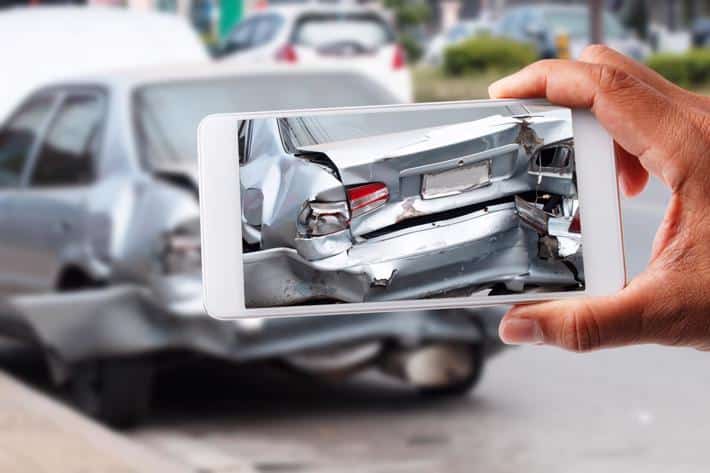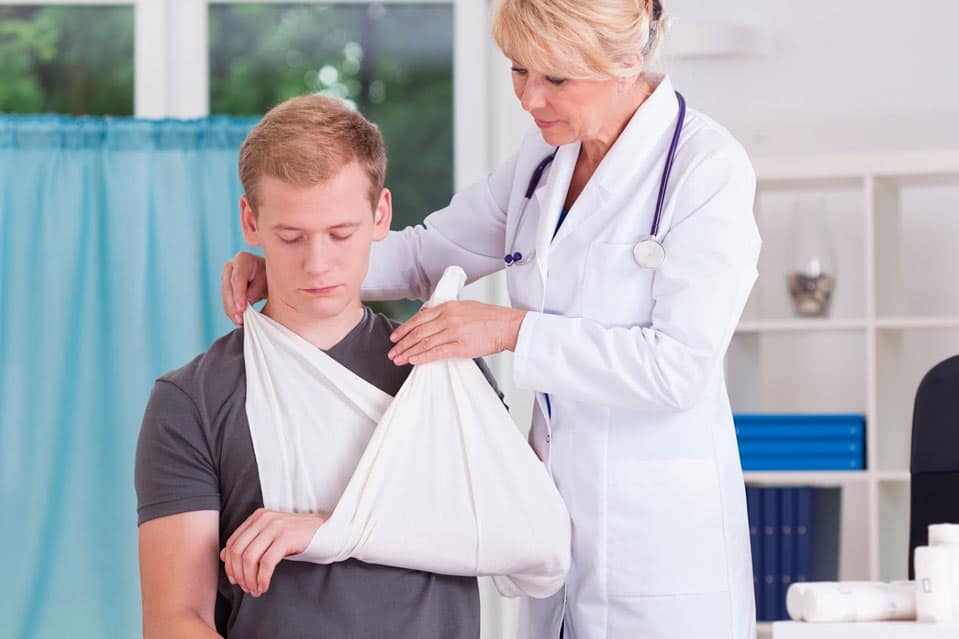Common Seat Belt Injuries In Maryland Car Accidents
Seat belts save lives according to the NHTSA (National Highway Traffic Safety Administration). During 2016, the NHTSA estimates that 14,668 lives were saved because individuals were wearing seat belts during an automobile accident. An additional 2,456 lives might have been saved in 2016 had everyone buckled up when riding in a vehicle. Nearly one-half of the people who died in automobile crashes in 2016 were not wearing a safety belt.
However, seat belts can cause injuries in a car crash. Individuals involved in a car accident need to be aware of the common injuries caused by seat belts and the symptoms associated with seat belt injuries. If a seat belt injured you, you might be entitled to substantial compensation for your injuries and damages.
Why Do Seat Belts Cause Injuries?
Seat belts are designed to restrain your body so that you are not thrown from a vehicle during a collision. In addition, a seat belt should tighten during a crash to prevent your body from striking the steering wheel, dashboard, or window. However, some seat belts are defective and do not function correctly during an accident. The belt may not tighten, causing you to be thrown from the vehicle or collide with an object. In other cases, the safety belt may release during a crash or become too tight causing additional injury.
In other cases, a seat belt can cause an injury even though the safety belt functions correctly. Some injuries, including seat belt syndrome, are common injuries associated with the proper use of a seat belt. Accident victims need to report all symptoms they experience after a car crash to their physician so that the physician can check for seat belt injuries. Also, victims should continue to question physicians and seek other opinions if they continue to experience unexplained symptoms after a car accident.
Common Seat Belt Injuries Sustained in a Car Accident
Some of the common seat belt injuries that victims sustain in a car accident include:
- Seat Belt Syndrome
- Rib Fractures
- Shoulder Injuries
- Chest Injuries
- Entrapment
- Bruising across the chest or abdomen
- Tenderness or pain in the chest, abdomen, neck, shoulders, or arms
- Difficulty breathing when lying down or moving your arms
- Stiffness when moving or limited range of motion
- Changes in the ability to urinate or move the bowels, including blood in stools or urine
- Leg weakness could indicate spinal nerve damage and injuries to the lower back and abdomen
- Neck stiffness and pain may indicate whiplash and other cervical spine injuries
- Weakness and dizziness may indicate internal bleeding


